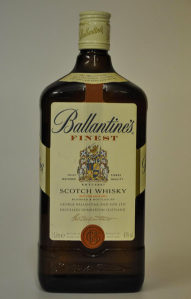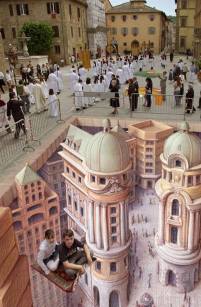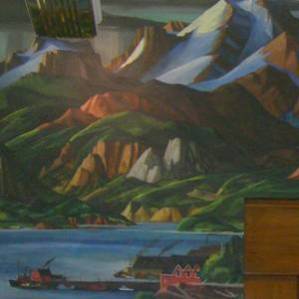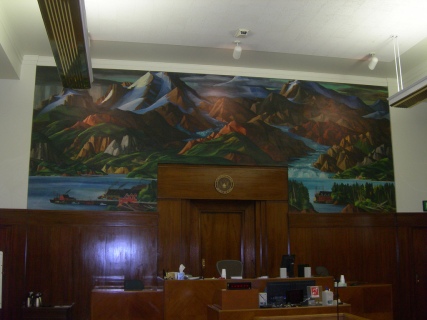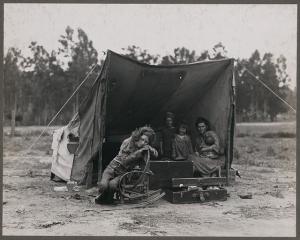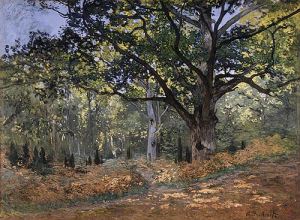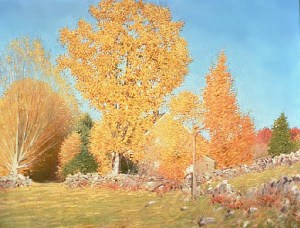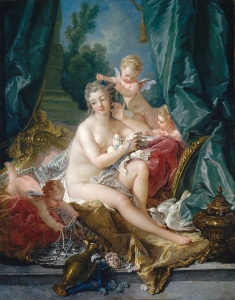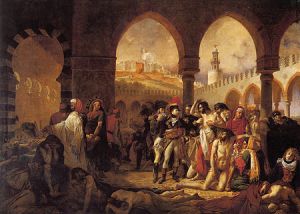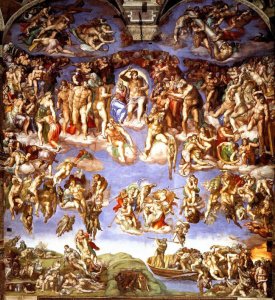The Secret Life of Walter Mitty
The Secret Life of Walter Mitty:
- written by Steve Conrad
- directed by Ben Stiller
- released in 2013
I first watched The Secret Life of Walter Mitty in the movie theater and have since purchased and watched it multiple times. I even hosted a “Walter Mitty” themed birthday party for my husband in which all of the guests came dressed wearing blue.
Why blue?
The Secret Life of Walter Mitty is filmed with an overall blue hue. Not only is it recognizable in the way the movie is filmed, but also in the characters eyes– specifically the eyes of Walter Mitty– and in the way the rooms are decorated and in how the people dress. The blue is very exaggerated and at the same time very subtle. It is beautiful. The extra features in the movie briefly mention the blue theme, yet fail to give an explanation. My thought is that it adds to the artistic flare and symbolism of the movie. Blue often represents LIFE.
I chose this film because it an artwork masterpiece in every way.
The Secret Life of Walter Mitty had a $125,000,000 budget and received a $189,101,030 worldwide profit. Compare this to the Avengers: Age of Ultron‘s $340,000,000 budget and $1,398,442,727 worldwide profit for reference. Please note, I do not think that the finances negate the quality and success of the movie. I believe The Secret Life of Walter Mitty is an extremely successful movie– watch it, and I believe you will agree. Quite simply, it is every adventurous person’s dream exposed in a movie. Not every person clings to their adventurous side; no worries, the movie is filmed in the most exquisite way, appealing to photographers, filmographers, and those who appreciate beauty.
If you do not feel drawn to adventure or beauty… sorry… the movie also has a great storyline:
Walter MItty works in the photo developing department for LIFE magazine. He is single, soft spoken, and lacks confidence. When advised to “spice up” his dating website profile, Mitty struggles. He has no adventuresome stories or exciting life-experiences to share. When Mitty’s job is threatened, he sets out on the most adventurous escapade of his anyone’s life.
The film offers many transitions between reality and imagination. The transitions are instant, as if they are in fact reality, but soon revealed to be only imagination. You see the camera slowly zooming closer into Walter Mitty, blurring out the background, confirming the illusion that he is day dreaming.
Here is a clip that exemplifies these transitions: (NOTICE the blues- imagine all of the work from the costume, decorating, set team that went into that!)
Eventually, there is no need for imagination, and Walter Mitty experiences adventure without transition.
After watching that scene, you will also notice the strong use of special effects. Now, that scene is one of the most “cheesy” scenes in the film, as an idea, but visually, it is amazing. To create that scene in the midst of an office building is incredible. In this particular scene, we see Walter Mitty fade in and out of the scene, revealing that he is in fact, day-dreaming. The snow is falling inside of the office, while the rest of the visual effects take place outside of the office wall.
Here is another scene in which Mitty and a man are being chased by volcano smoke. Oh, and notice the man standing on the airplane as he photographs the eruption. Aww, the power of visual effects!
Patton Oswalt plays Mitty’s eHarmony representative throughout the movie. His character is unique in that we only HEAR his voice until he makes his first on-screen appearance at the very end. Oswalt has a very distinct voice and the entire movie you are left wondering where you recognize it from. (King of Queens, I presume.) There is humor when Oswalt (Todd Maher in the movie) phones Mitty to check up on him while Mitty is in the most unusual of places to ever imagine answering your phone, let alone having cell phone service.
The use of sound manipulation via foley artists is present throughout the entire film. The “clickety-clackity” of the train passing over Mitty as he speaks with Todd Maher for the first time is most definitely created by the talents of Marko A. Costanzo. Not to mention the “ping” of the coin thrown at Mitty to get his attention while “zoned out” in one of his day dreams or the ice that “crackles” down from the office ceiling in the height of his day dream.
This movie symbolizes the idea of stepping out of comfort zones, embracing passions, letting go of constraints, and experiencing life to its fullest. Mitty’s “zoning out” allows him to experience all of these things, while still being in the reality of his mundane life. His day dreams symbolize suppression. His real life adventure symbolizes the freedom one can experience when stepping out.
Listen to this song as you continue.
“Stay Alive” was specifically written for The Secret Life of Walter Mitty by Ryan Adams and performed and recorded by Jose Gonzalez. Jose Gonzalez’ music is featured multiple times in the soundtrack, including the tracks “Dream,” “Far Away,” and “Step Out.” The soundtrack is definitely worth listening to and accurately embodies the heart of the movie. It also includes well-known artists such as Jack Johnson, Of Monsters and Men, David Bowie, and more.
This movie is extremely inspirational and encourages me to live life to the fullest and write my own adventure. It is inspiring, touching, and simply beautiful. It is an extremely unique movie for Ben Stiller to produce and be featured in, but it is one of his best. Do not depend on the movie’s average ratings; rather, experience it for yourself. You will be amazed by the BEAUTY it portrays.
Work Cited
“The Secret Life of Walter Mitty” The Internet Movie Database. IMDb.com, Inc, n.d. Web.
15 Dec. 2013. 4 August 2015. http://www.imdb.com/title/tt0359950/
“The Secret Life of Walter Mitty (PG.)” Box Office Media. pro.boxoffice.com, Inc, 15 Dec. 2013. Web. 4 August 2015 http://pro.boxoffice.com/statistics/movies/the-secret-life-of-walter-mitty-2013
Wikipedia contributors. “José González (singer).” Wikipedia, The Free Encyclopedia. Wikipedia, The Free Encyclopedia, 4 Aug. 2015. Web. 5 Aug. 2015.





